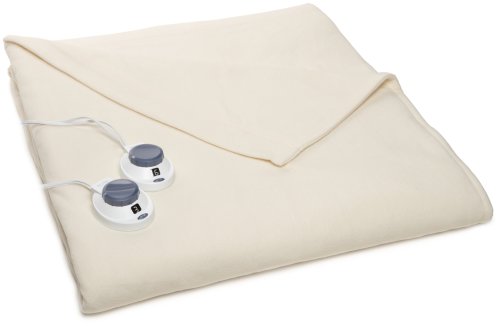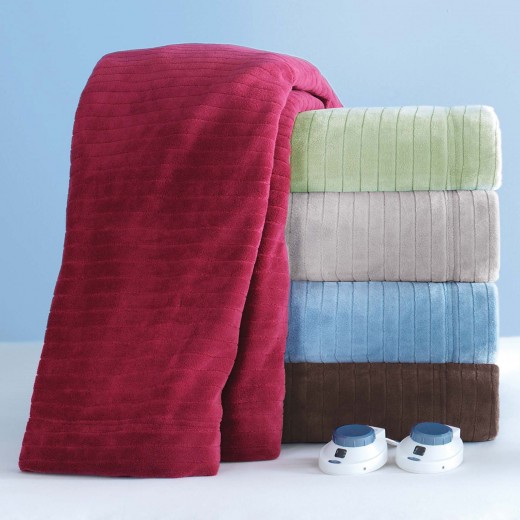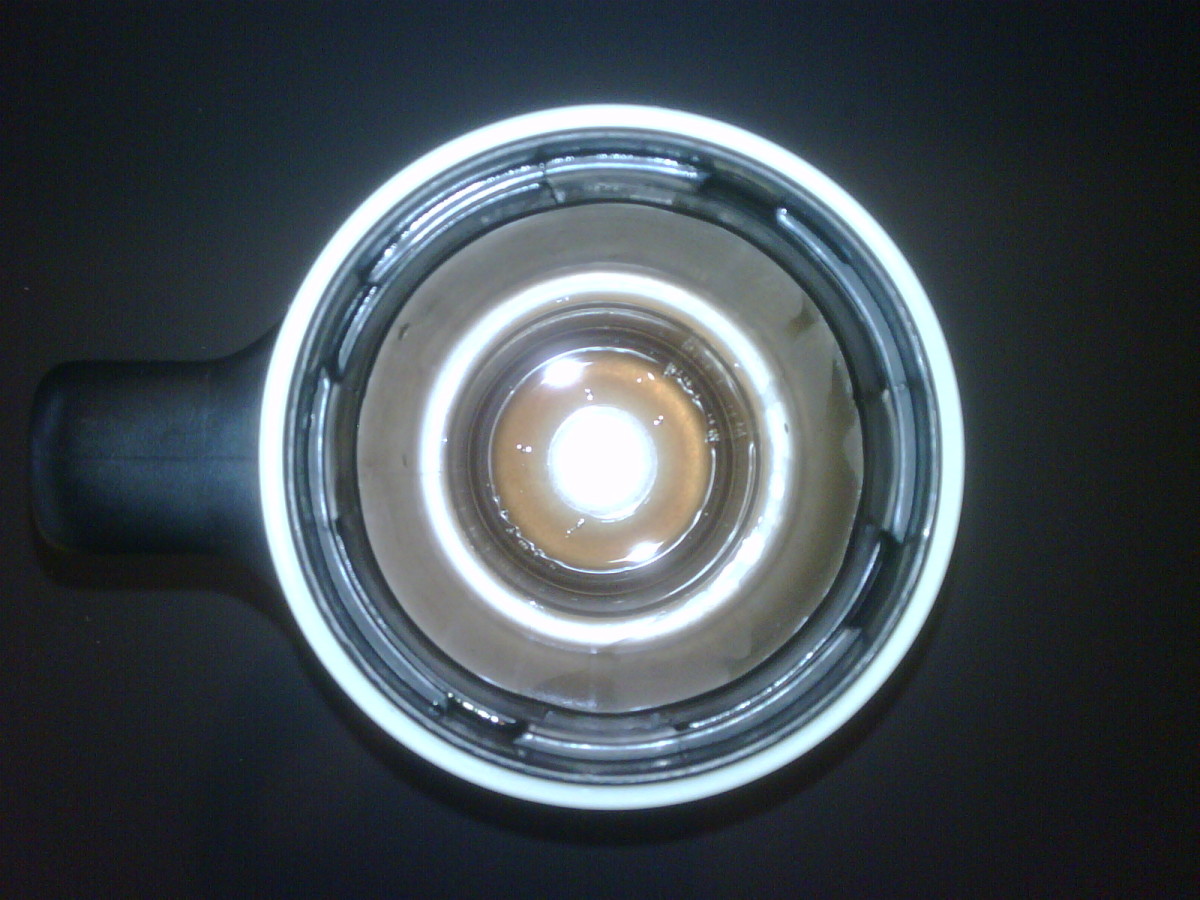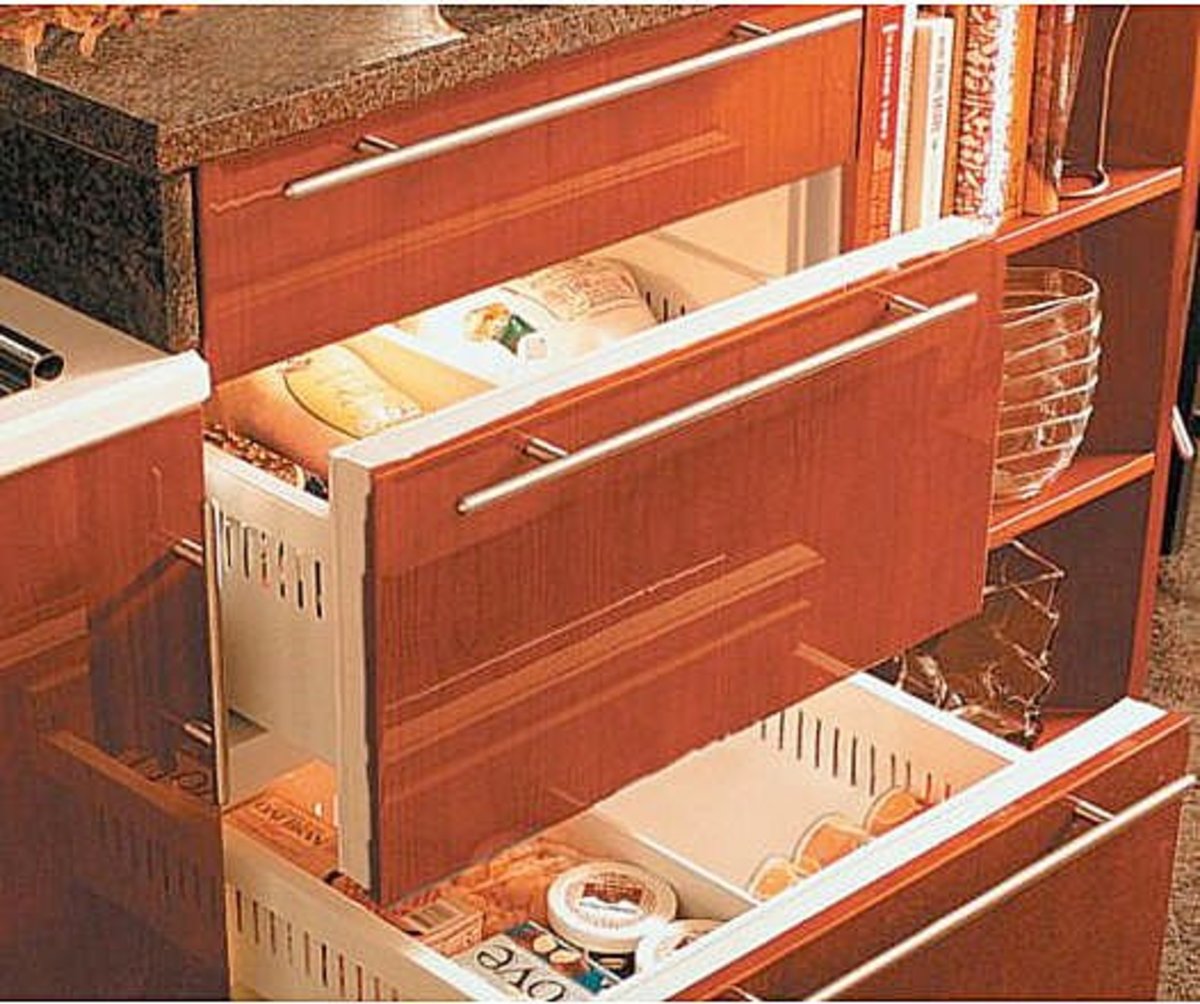Warming Blankets: Where Comfortable Heat Meets Safety
Lately, shoppers looking to replace an old electric blanket are encountering warming blankets instead, a new breed of device that looks similar to prior models but is actually designed to be safer and easier to use. Heated bed coverings have been around in various forms since the turn of the last century, and they’ve had to surmount a few battles with public opinion over the years. Whether it was fear of overheating and fire or the risk of exposure to electromagnetic fields, these products have collected some negative press amid a chorus of happy users. Conventional wisdom about blankets plugged into the wall has ridden a decades-long teetering line, one in which most people have finally concluded that it is safe to use them as long as one takes the proper precautions. In response to the criticism, manufacturers have updated the safety features and made other improvements and have begun calling their newest models warming blankets.

What’s in a Name?
The new name is a blend of accurate description and public relations savvy. Companies want to signal to consumers that these are not your grandma’s electric blankets, with their heavy wiring and difficult maintenance routine. Ever since a noted medical journal sounded an alarm in 1990 to expectant mothers warning them to avoid the magnetic field of electric blankets, manufacturers have been working to alleviate such issues and produce safer, smarter products. They introduced a different type of wiring soon afterward that neutralized much of the EMF by channeling the flow of electricity in a different way. The latest versions of heated blankets benefit from several years of concentrated research that has continued to lessen electromagnetic emissions.
Owner’s manuals that accompany these new bed coverings call attention to the other main difference from older styles, the fact that they do not get hot to the touch. Even when set on the maximum setting, they will likely feel no more than warm under one’s hand. While one might think this would be a giant step backward in heating technology, it is actually an improvement for comfort and safety. One needs to actually use these blankets to feel the true heat they generate and maintain throughout the night. They are able to keep the user at a desired temperature using much less energy and less risk of fire. One brand in particular, Perfect Fit, asserts that its Soft-Heat “Safe and Warm” system is the “World’s safest heated warming blanket.” Other manufacturers have also begun to make similar changes.
Many Warming Blankets Use Low Voltage Electricity
One of the reasons for the safety claim is the conversion of AC household electricity to DC voltage, which is much less potent. Instead of plugging directly into the wall, these new products come with a power adaptor much like those that accompany laptop computers. Also similar to laptop adaptors, these power bricks will heat up as they convert energy, which is an expected outcome that should not raise alarms. To get an idea of the difference in voltage used, a traditional electric blanket operates at 120 volts while new warming blankets operate at less than 25 volts. It takes much less energy to keep a user at the desired comfort level.
Advancements in Comfort
Older electric blankets often came with bulky, noticeable wires running inside a fabric that was designed more for function than for luxury. Nowadays, one can find warming blankets in a soft micro-fleece polyester that is cozy, lightweight, and smooth on the skin. The wires in these newer products are extremely thin, and one must make an effort to find them. Queen and King size units often come with dual controls, so partners can keep individual sides of the bed comfortable to their tastes. The blankets are also more aesthetically pleasing than their predecessors. They are available in a wide range of designer colors that will likely match almost any room’s décor. Even the power cords are thinner and more easily hidden.

The Usual Precautions
Just because this bedding is considered much safer than previous models, one should not think that they are foolproof. The consumer must still take the responsibility of operating and maintaining a warming blanket in accordance with common sense and the manufacturer’s instructions. It is still not a good idea to run power cords between a mattress and box spring, or to pinch or fold the wires. The controls have a thermostat to prevent overheating and an auto-shutoff feature, but as with any electrical appliance, leaving a heated blanket unattended is not recommended. Liquids and electricity do not mix. Avoid using a heated blanket on people who lack heat sensitivity or who cannot operate the controls appropriately. Many newer blankets come with a five year warranty, but one should give the blanket a thorough inspection for loose wires or other problems at least seasonally. While many cats and dogs find a warm blanket irresistible, manufacturers caution against sharp claws that might damage the wiring.
Warning: Don't Let Your Python Eat Your Blanket
Warm up to the New Warming Blankets
Despite a rocky history with some members of the public, the electric blanket has survived and transformed into a less harmful staple of many linen closets and bedrooms. They are lightweight enough to live on the bed year-round, even without plugging them in. They are also touted as money savers in the winter months, allowing people to turn down the household heat or space heater in favor of this cheaper, more focused warmth. It may not be your grandmother’s heated blanket, but chances are good after experiencing the newer model, she would happily trade hers in.
Heated Blanket Resources
- Dual Control Electric Blanket - Top 10!
Dual Control Electric Blanket would settle life's big problem - bed fight, for good. HERE ARE TOP 10 BLANKET + REVIEWS + AUDIO & VIDEO! What is dual control electric blanket? Why are they good? Sunbeam,... - Are Electric Blankets Safe
On this page you will find helpful safety information on who an who should not use electric blankets and the health risk and dangers associated with them. Many people use electric blankets so the question is...






